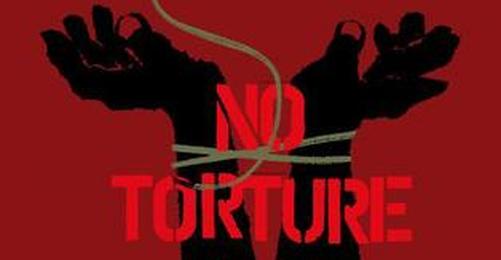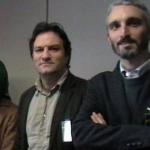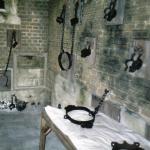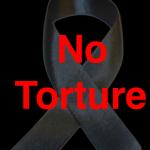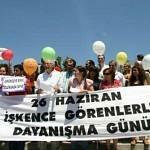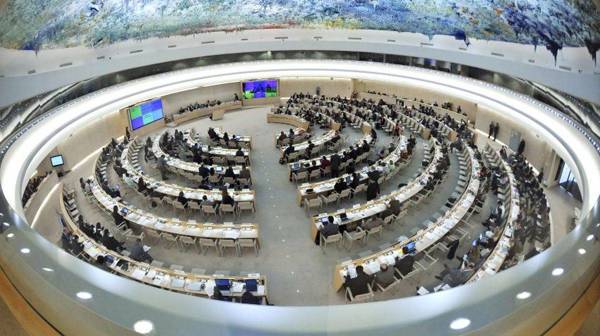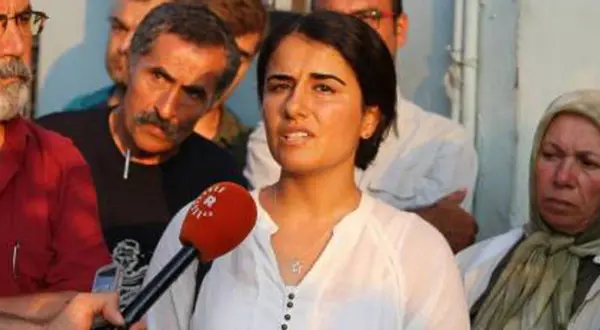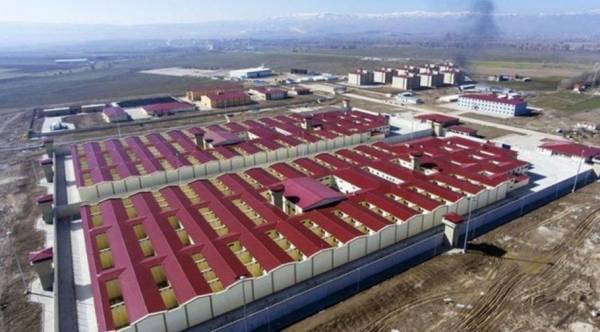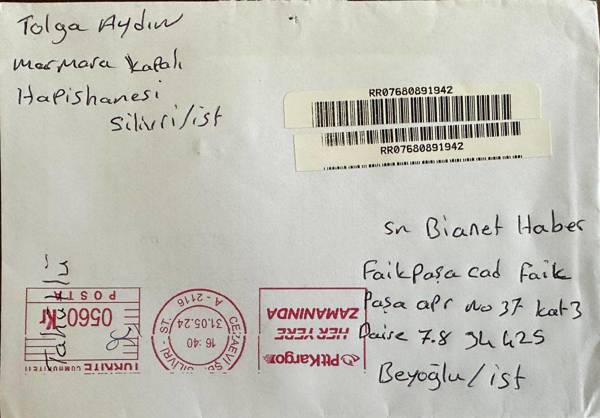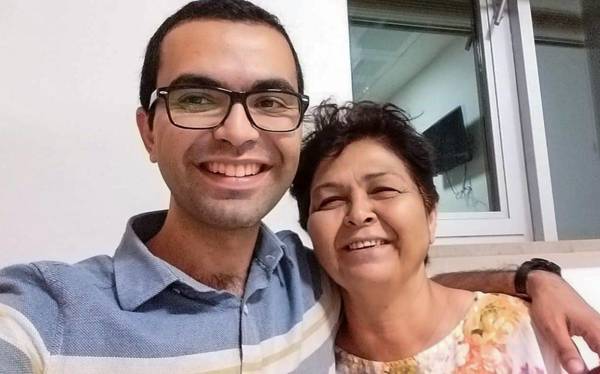The Turkish Human Rights Foundation (TİHV) issued the study "Torture in Turkey from the 1980s till today: An epidemiological initial research", a report that compiles data extracted from the media and human rights organizations.
The report was prepared by Prof. Melek Göregenli from the Ege University Department of Psychology and Evren Özer from the TİHV. It is categorized in sections such as places of torture, the year of the incidents and the characteristics of the person tortured.
Göegenli explained that with this research, they wanted to drew attention to "the fact that there still are serious signs and proof for violence and torture in Turkey".
"Zero tolerance to torture remained an empty phrase"
Prof. Şebnem Korur Fincancı, Head of the TİHV and Forensic Medicine Expert, says in the preface of the book that the most severe incidents of torture happened after the military coup in 1980.
"Ever since the AKP [Justice and Development Party] came to power in 2002, they repeatedly used the term of 'zero tolerance to torture'. While this expression remains in the background, we saw suspicious deaths in police custody and in prisons again. People were again exposed to physical violence by police forces. We all became witnesses of the torture of hundreds of people who were tortured in 2006 after they had been taken into custody related to incidents in Diyarbakır", Fincancı wrote.
Police Directorate at the top of the list
Considering places of torture, the Police Directorate leads the list with 40.6 percent of all torture incidents. 21 percent of all case were encountered in prison, 15,4 percent at police stations.
The research also takes into account the political placement of the people who were tortured. With 33.9 percent, Kurds were tortured at Gendarmerie Posts the most often. Leftists experienced violence mostly inside vehicles. Also undefined closed areas and the Police Directorate were revealed as places where torture frequently occurred.
As far as political and forensic cases of torture are concerned, torture related to political incidents is mainly imposed at the Police Directorate with 45.7 percent. Forensic cases mostly happen at police stations, making up 33.8 of the total incindents.
Strongholds of torture: Istanbul, Ankara and Diyarbakır
A major proportion of torture victims is aged 30 or younger. The ratio of tortured women increased according to a comparison of the periods of 1980-1990 and 1990-2009. The study revealed that torture cases until 1990 were mostly politically motivated while forensic incidents increased after that. The provinces with the highest number of torture cases between 1990 and 2009 were Istanbul, Ankara and Diyarbakır. (AS/EÖ/VK)





